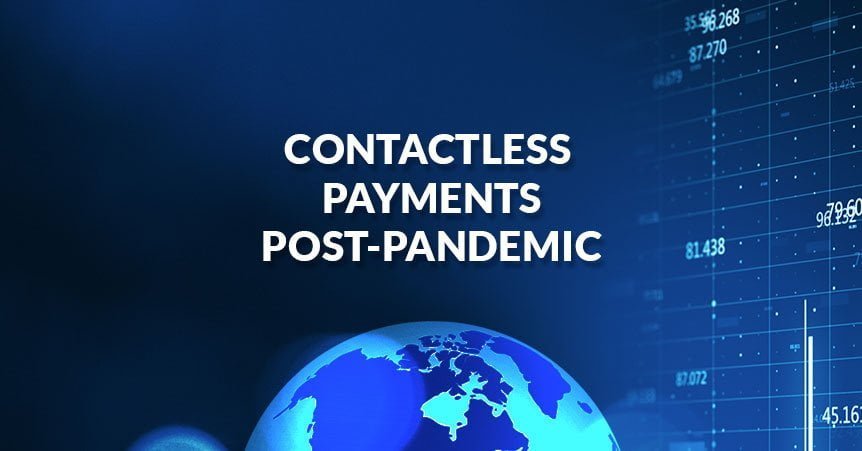Digital payments post covid have changed a lot, with more merchants and customers opting for contactless payment acceptance. Following the adoption of new technologies arises the adjusted perception of new technologies and increased predisposition for them, particularly because they enhance our lives and overall experience following the collected data. Without a doubt, the times are changing rapidly, and we are observing the accelerated progress and adoption of a plethora of novel technologies.
Due to the potential demonstrated during the worldwide pandemic, contactless payment systems will continue to expand and improve; as indicated by the adoption median, more merchants and enterprises of all sizes will accept contactless payments.
Overview of the Contactless Market
In 2020, the global market’s value for contactless payments was estimated to be $1,34 trillion. It is anticipated to increase at a compound annual growth rate (CAGR) of 20,3 % between 2021 and 2028.
Despite continuous disputes surrounding the local autonomy of national digital currencies and other new forms of payments, the European and American markets are exhibiting strong development in the use of contactless and mobile payments. Most customers want to continue using their contactless cards and mobile wallets, enabling even more use cases for these new payment methods.
According to the findings of Raydiant’s State of Contactless Payments 2021 Report, 80% of customers in the United States have made use of contactless payments during the previous 12 months.
Surpassing cash
During the pandemic, cash proved to be unhygienic, inconvenient, and easy to lose. Conversely, contactless payments became widely accepted and preferred due to their ease of use, not having to touch/exchange cash, which is a personal item.
Overall, the demand for contactless payment technologies is driven by the need to replace cash in society and raise the number of cashless transactions at various retail and transportation locations, including convenience stores, coffee shops, and transportation networks.
Hence, it is quite possible that the development of a worldwide contactless payments network may render cash obsolete in the future.
Shifting Consumer Preferences and Experience
The current shift in the view of customers is caused by their experience with the pandemic, how the need for cash is shrinking as a result of better, easier, and more secure alternatives, and how there is a desire for contactless payments in the setting of the pandemic. The number of customers who patronize businesses that have accepted mobile and contactless payment methods and have modified and changed their methods of offering a checkout experience to accommodate these payment methods has increased.
Consumers want to engage with businesses and make purchases wherever it is most practical. In turn, business owners are experimenting with new payment methods and sales channels by selling on social media and online, as well as by investigating creative payment methods for in-person commerce.
Tap to Phone – the Ultimate Contactless Experience
Tap to Phone represents one of the most recent advancements in the field of payments. It is beneficial to small companies and offers a brand-new experience for clients. Additionally, it demonstrates the potential of modern-day methods of payment acceptance.
Allowing users to transform their smartphone or wristwatch into a digital wallet, including credit, debit, and loyalty cards that can be used nearly everywhere contactless is accepted, a whole new world of possibilities and convenience has opened up for consumers.
Bottom Line
Since utilizing contactless technology is, coincidentally, both safe and convenient, there will be an increase in the adoption of contactless technologies. Hence, there will be an increase in the number of merchants choosing contactless technology.
